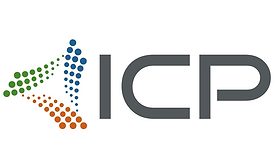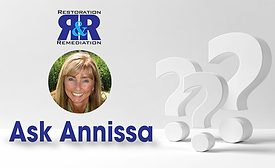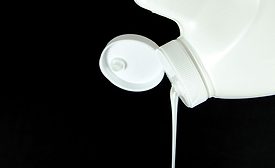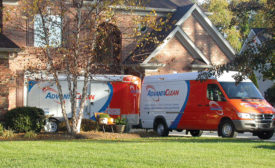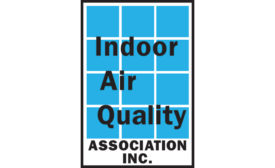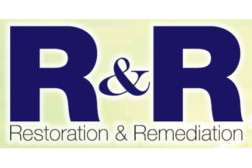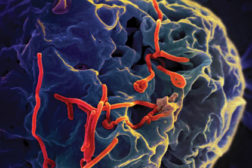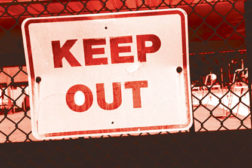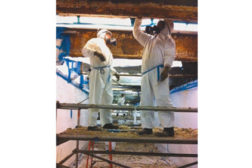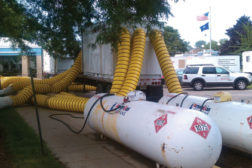Home » Keywords » remediation
Items Tagged with 'remediation'
ARTICLES
AdvantaClean: Finding & Mastering a Remediation Niche Market
AdvantaClean finds its own remediation space by offering “light environmental services”
Read More
Prepping for Disaster
With spring storm and Atlantic hurricane season right around the corner, restoration businesses need to be prepared to take advantage of a likely increase in work.
Read More
Get our new eMagazine delivered to your inbox every month.
Stay in the know on the latest disaster restoration and remediation trends.
SUBSCRIBE TODAY!Copyright ©2022. All Rights Reserved BNP Media.
Design, CMS, Hosting & Web Development :: ePublishing
